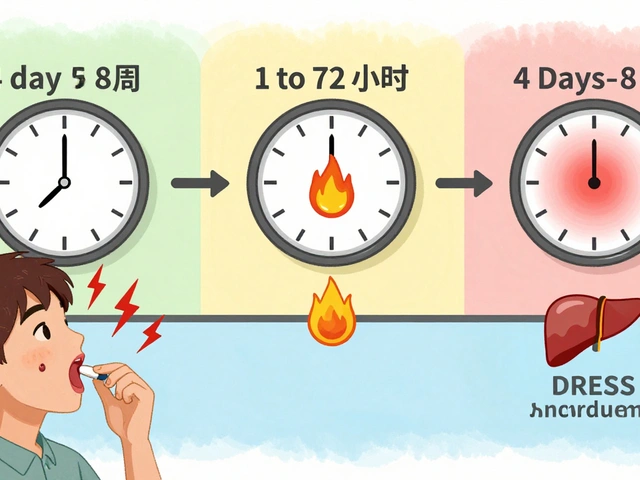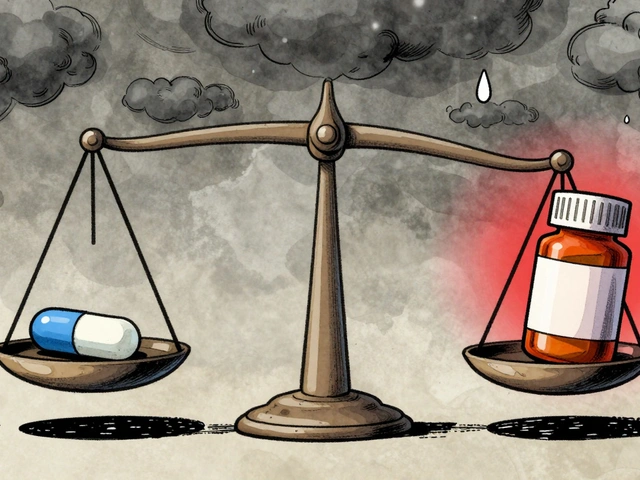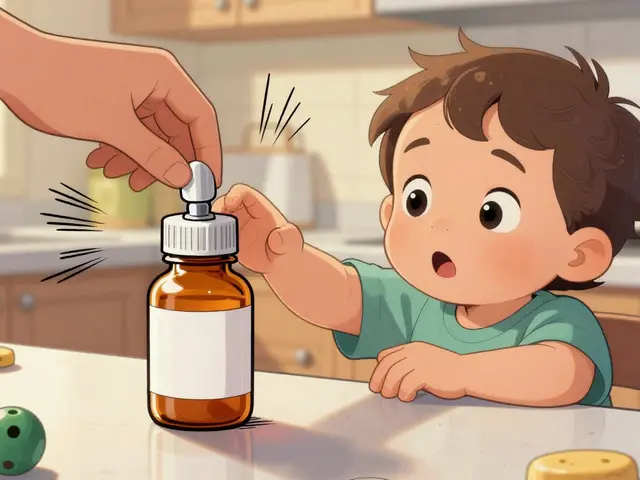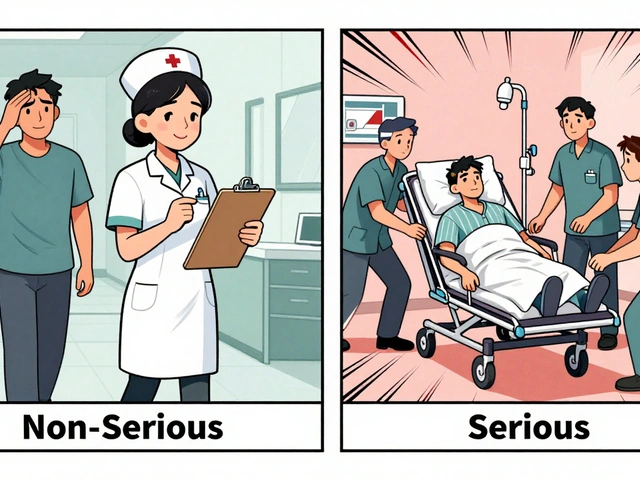naltrexone: What It Is and Why It Matters
When you hear the name naltrexone, an oral opioid antagonist that blocks the effects of opioids and reduces cravings for alcohol. Also known as Revia, it plays a central role in medication‑assisted treatment, a structured approach that combines drugs with counseling to support recovery. People struggling with opioid dependence, a chronic condition where the brain adapts to regular opioid use and experiences withdrawal when the drug stops often turn to naltrexone as a blocker that keeps the high from coming back. The same medicine also helps those with alcohol use disorder, a pattern of drinking that leads to health problems and loss of control by dulling the urge to drink. In short, naltrexone naltrexone blocks receptors, cuts cravings, and lets patients focus on therapy instead of the next dose.
How naltrexone Works and What to Expect
At its core, naltrexone is an opioid‑receptor antagonist. That means it binds to the same spots in the brain that heroin, prescription painkillers, or even natural endorphins would use, but it doesn’t activate them. The result is a “door‑stop” that prevents any opioid from delivering its usual pleasure. This mechanism also dampens the dopamine surge that often drives alcohol cravings, so drinkers feel less of a pull toward another glass. Typical dosing is 50 mg once a day for oral tablets, though a 380 mg monthly injection (Vivitrol) is an option for people who prefer less frequent dosing. Side effects are usually mild – headache, nausea, or a bit of fatigue – and they often fade after the first week. A key safety point is that patients must be opioid‑free for at least 7‑10 days before starting naltrexone, otherwise they risk sudden withdrawal. Regular liver‑function tests are recommended because the drug is processed by the liver, especially for those with existing liver concerns. If you’re comparing naltrexone with other options like buprenorphine or naloxone, the main difference is that naltrexone blocks rather than activates receptors, making it a solid choice for people who want to stay completely opioid‑free after detox.
Putting naltrexone into a recovery plan isn’t just about the pill; it’s about the whole support system. Doctors usually pair it with counseling, peer support groups, or behavioral therapies to address the mental side of addiction. Monitoring is simple – a quick check‑in at the pharmacy or clinic can confirm the medication is in the system, especially for the injectable form. Patients who stay consistent often report fewer binge episodes, lower relapse rates, and a clearer mind for daily responsibilities. Our collection of articles below dives deeper into specific comparisons, dosing tips, and real‑world stories of people who’ve used naltrexone to turn their lives around. Browse the list to find the exact guidance you need, whether you’re a patient, a caregiver, or a health professional looking for the latest insights.

Acamprosate vs Alternatives: Choosing the Right Alcohol Dependence Medication
A detailed comparison of Acamprosate with Naltrexone, Disulfiram, and Baclofen, covering mechanisms, side effects, and how to pick the right alcohol dependence medication.
View More




